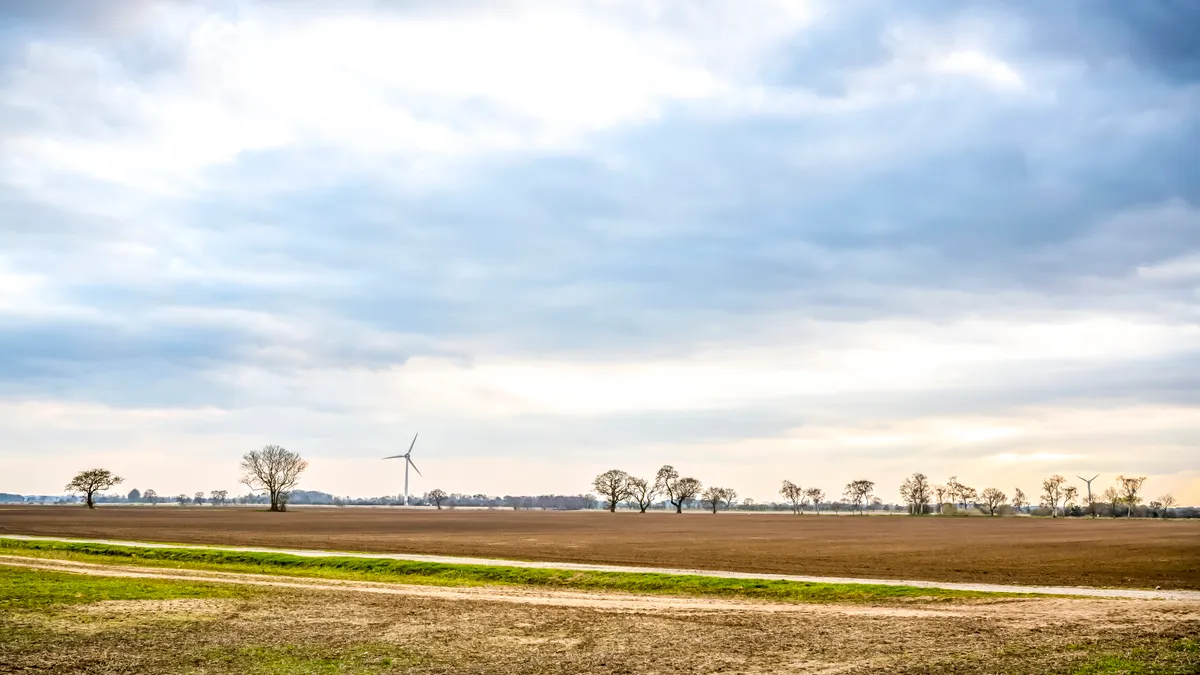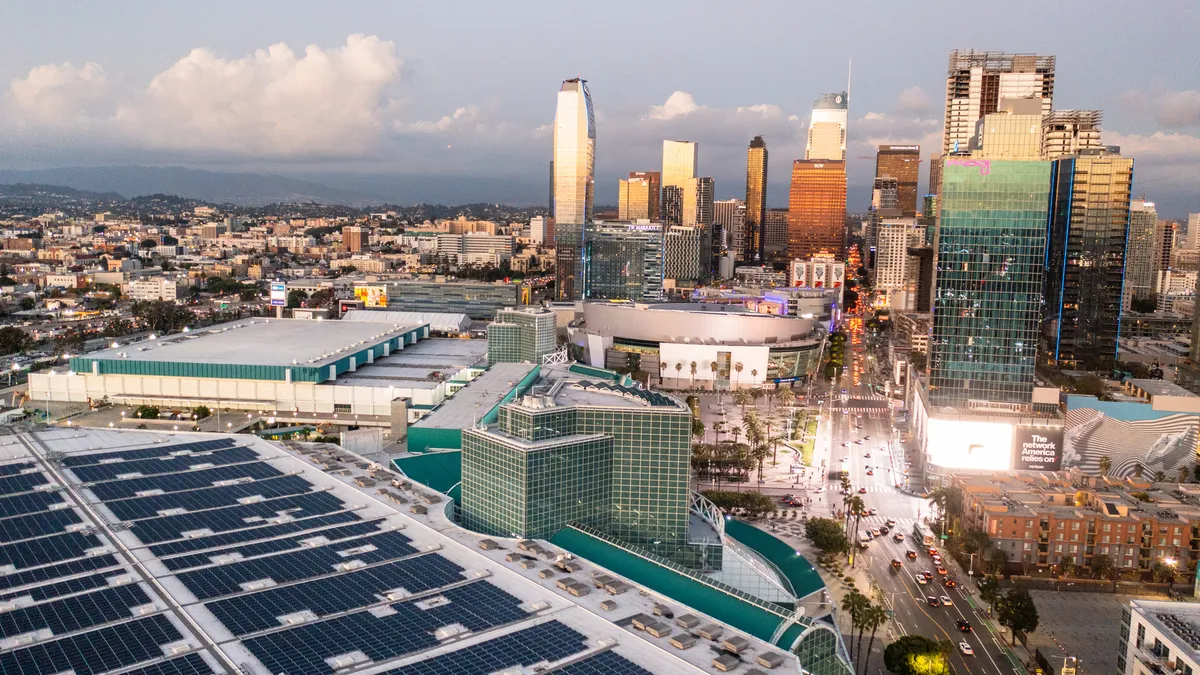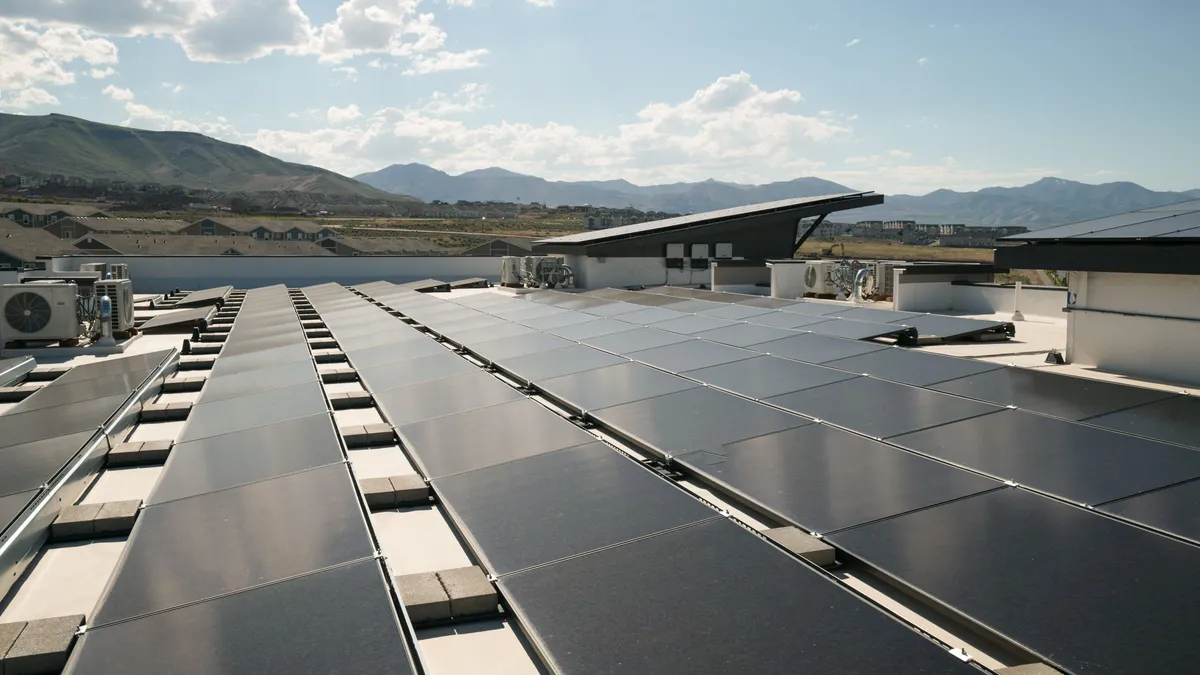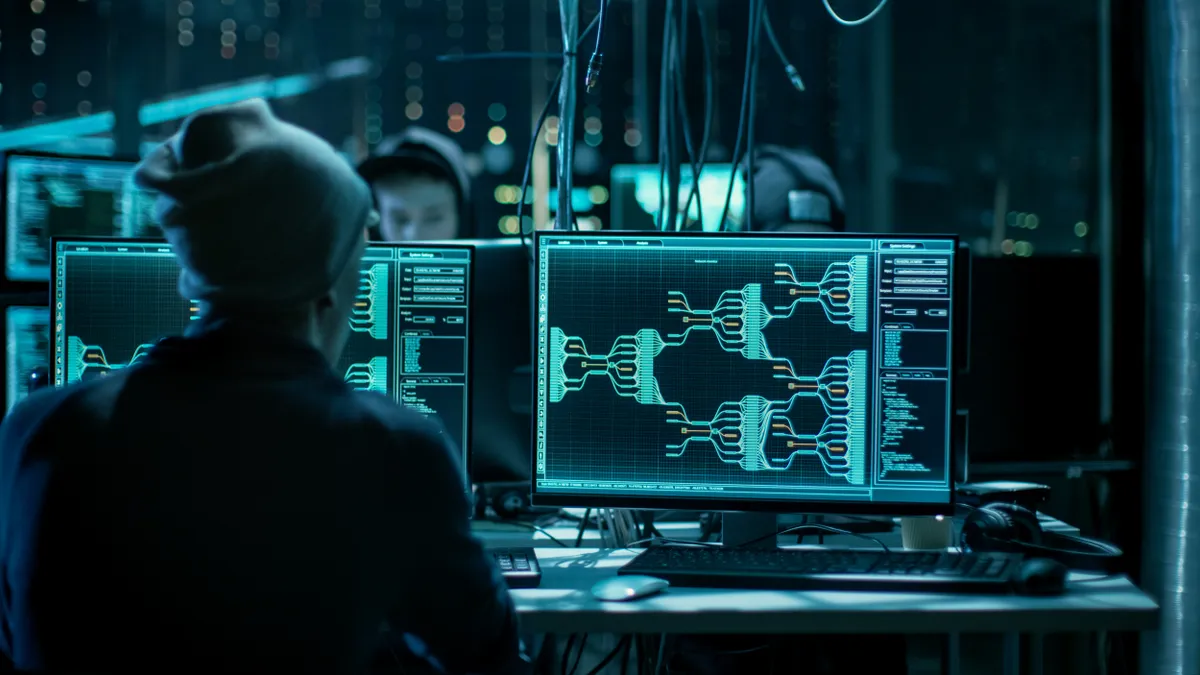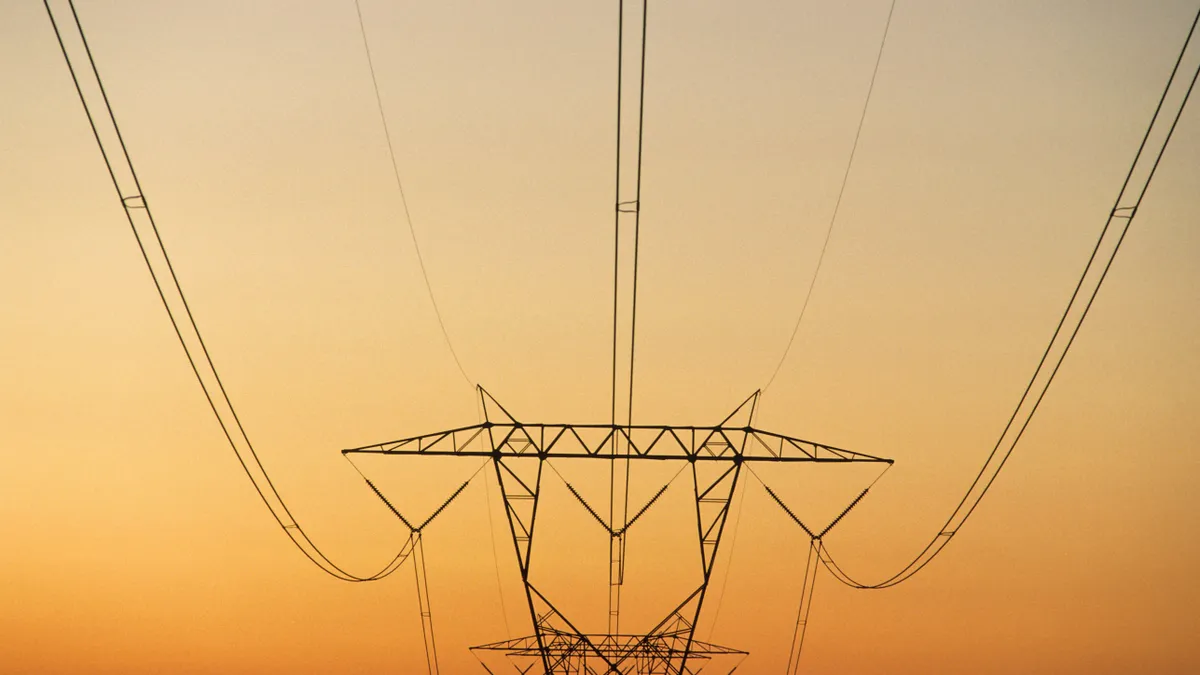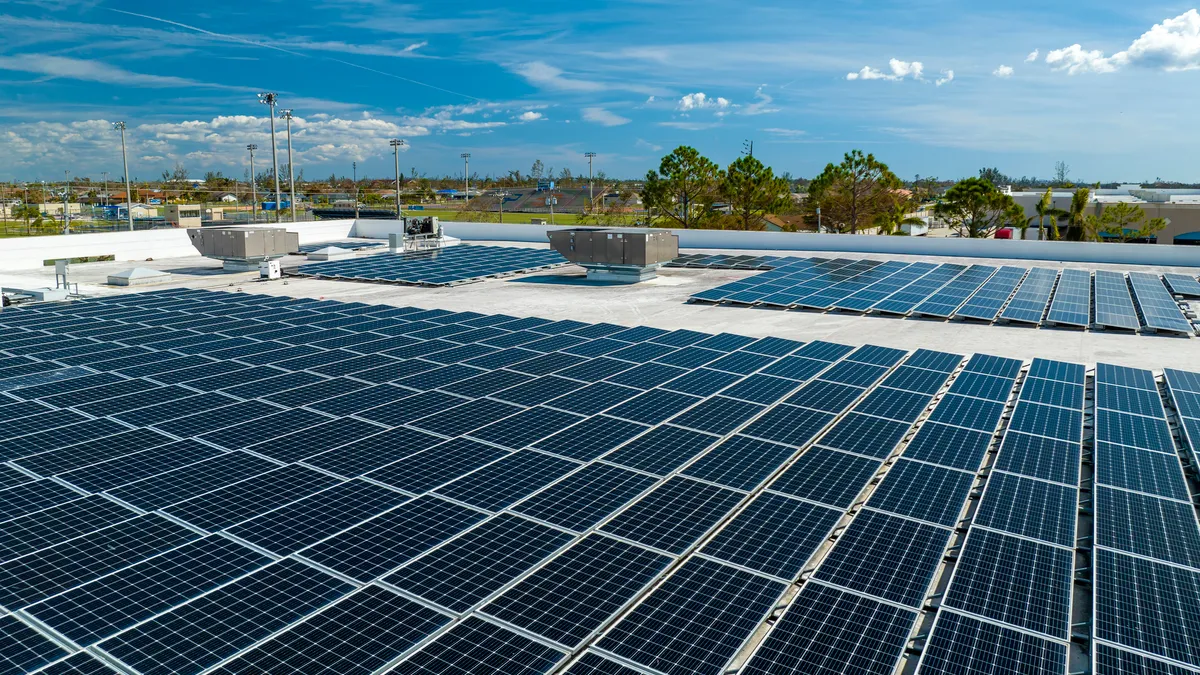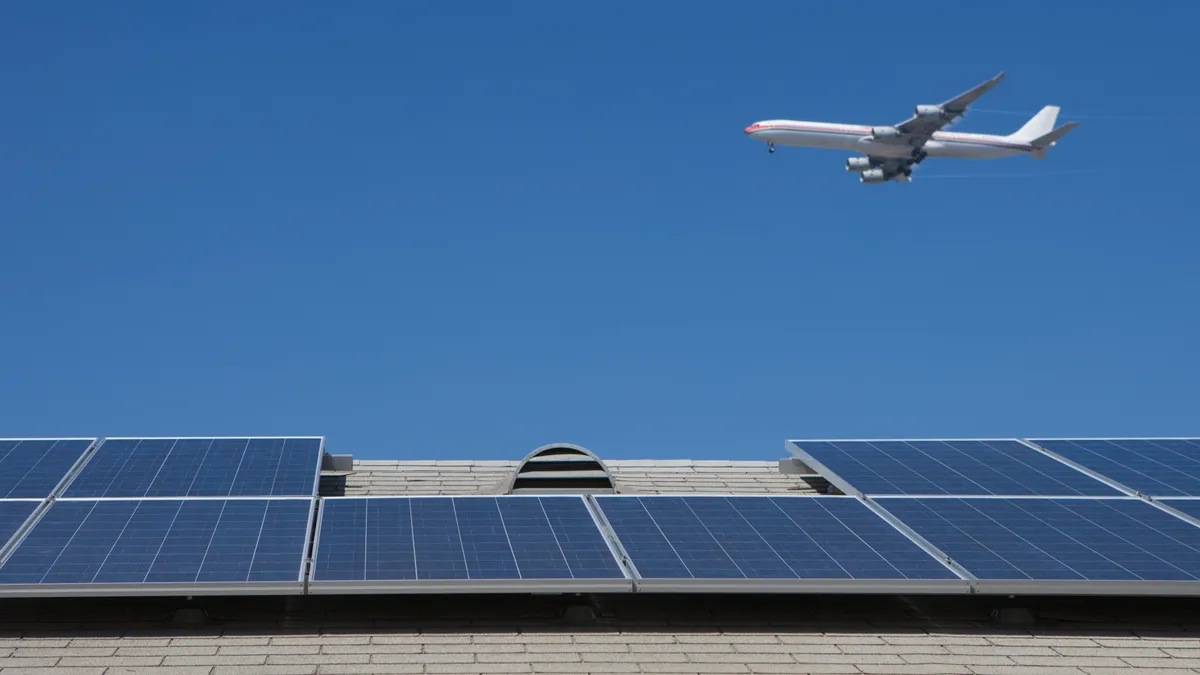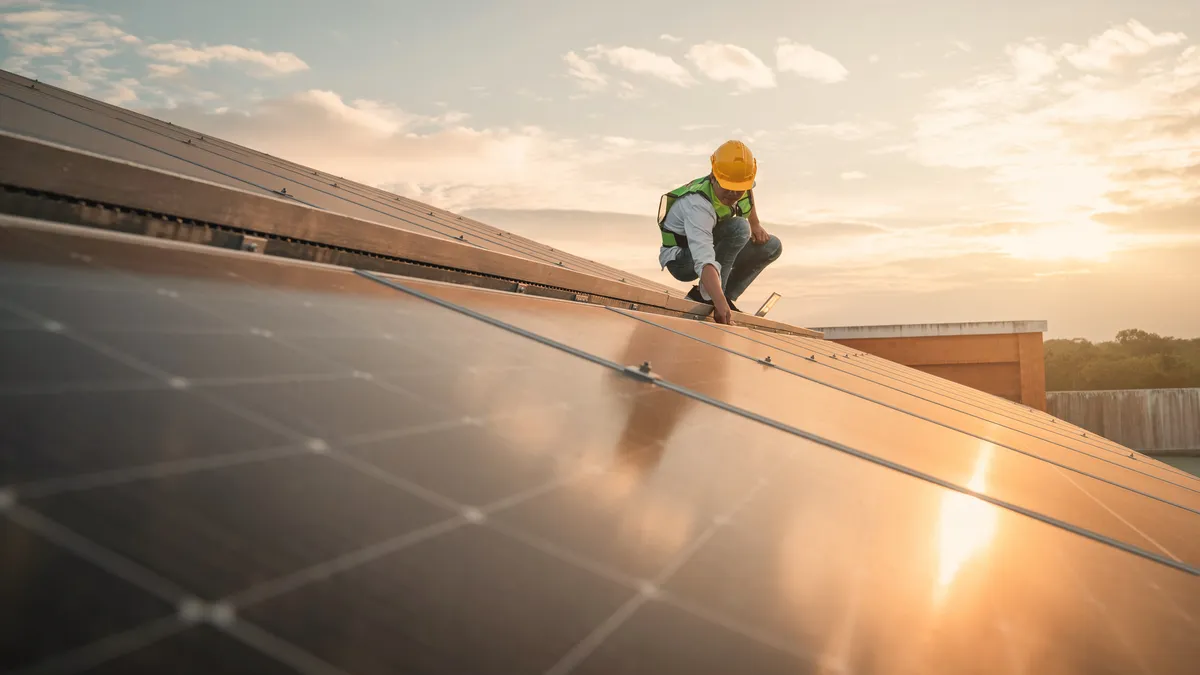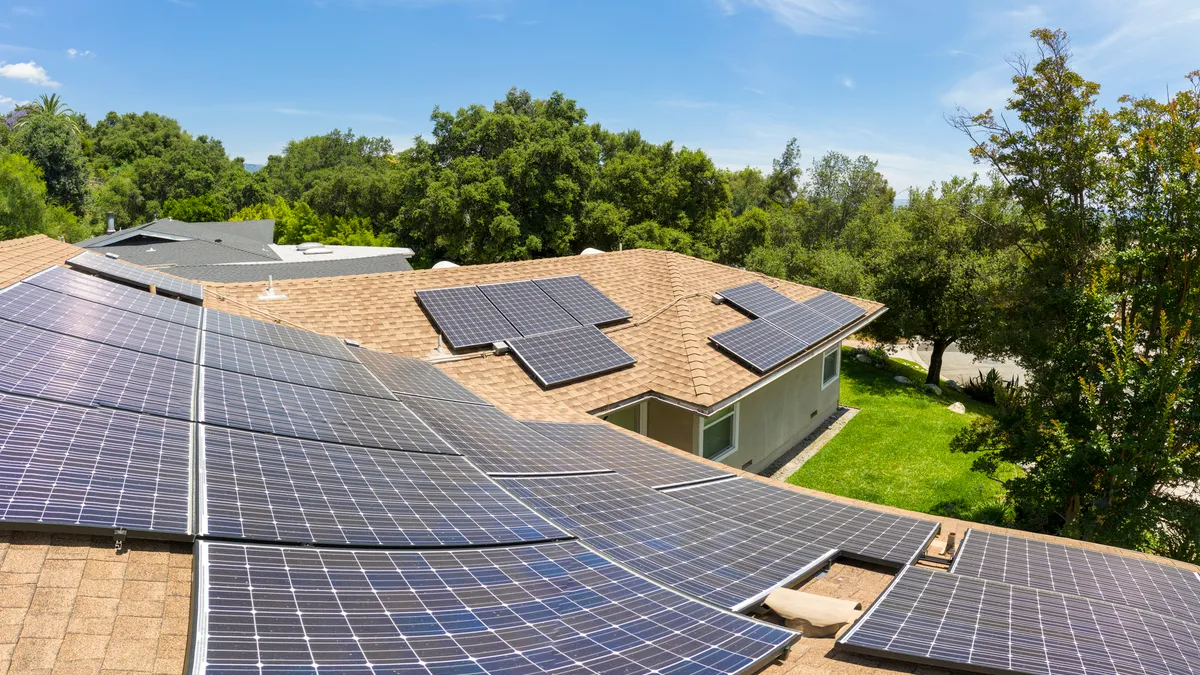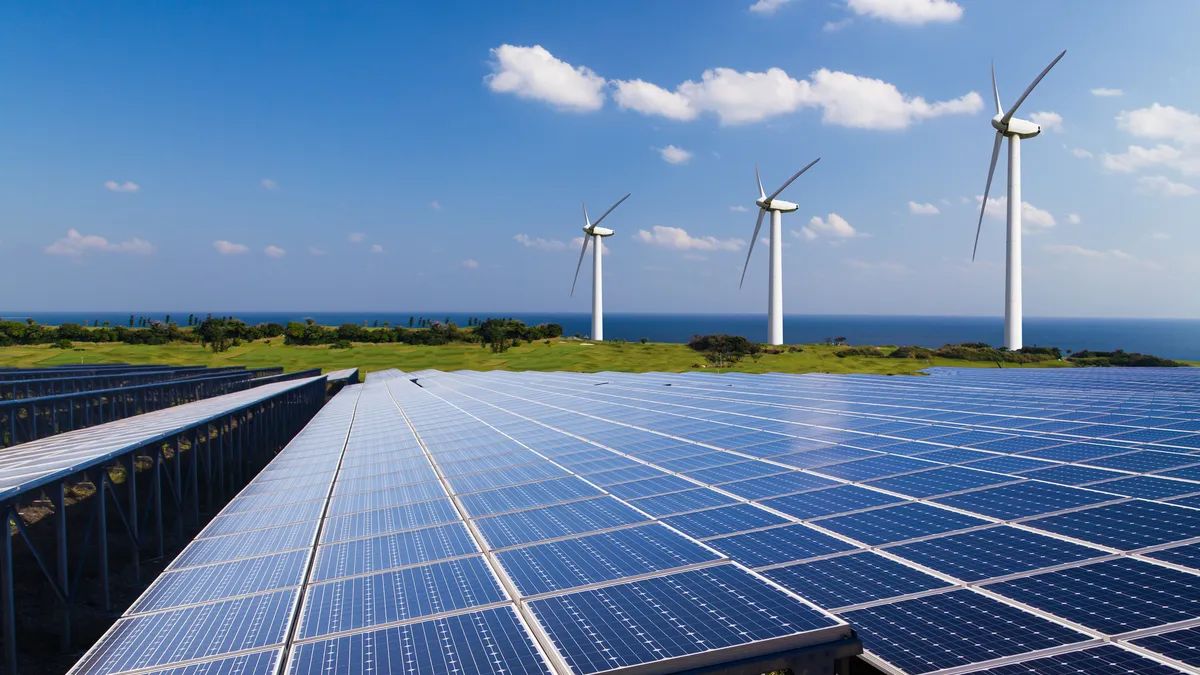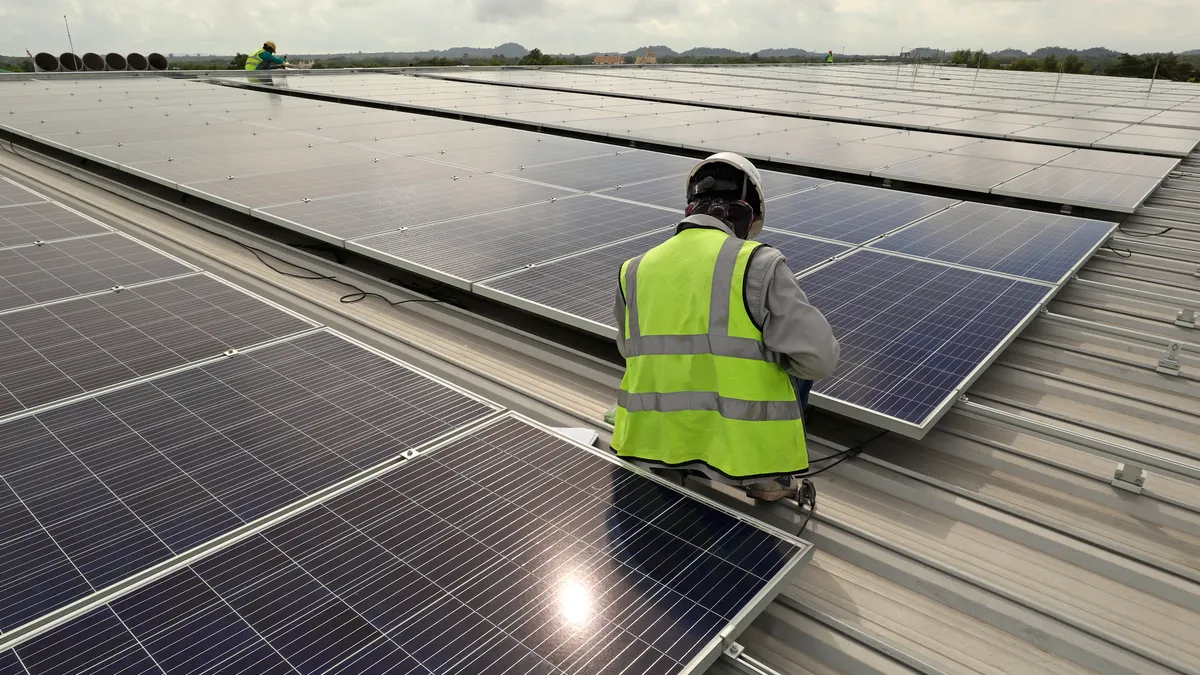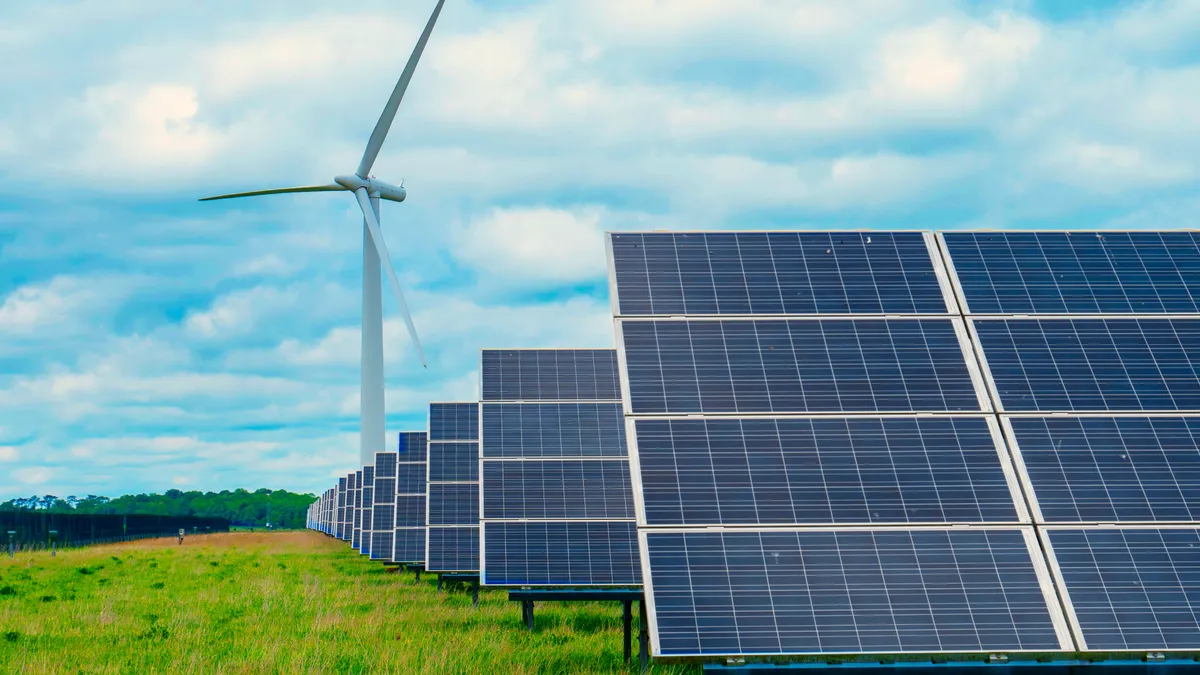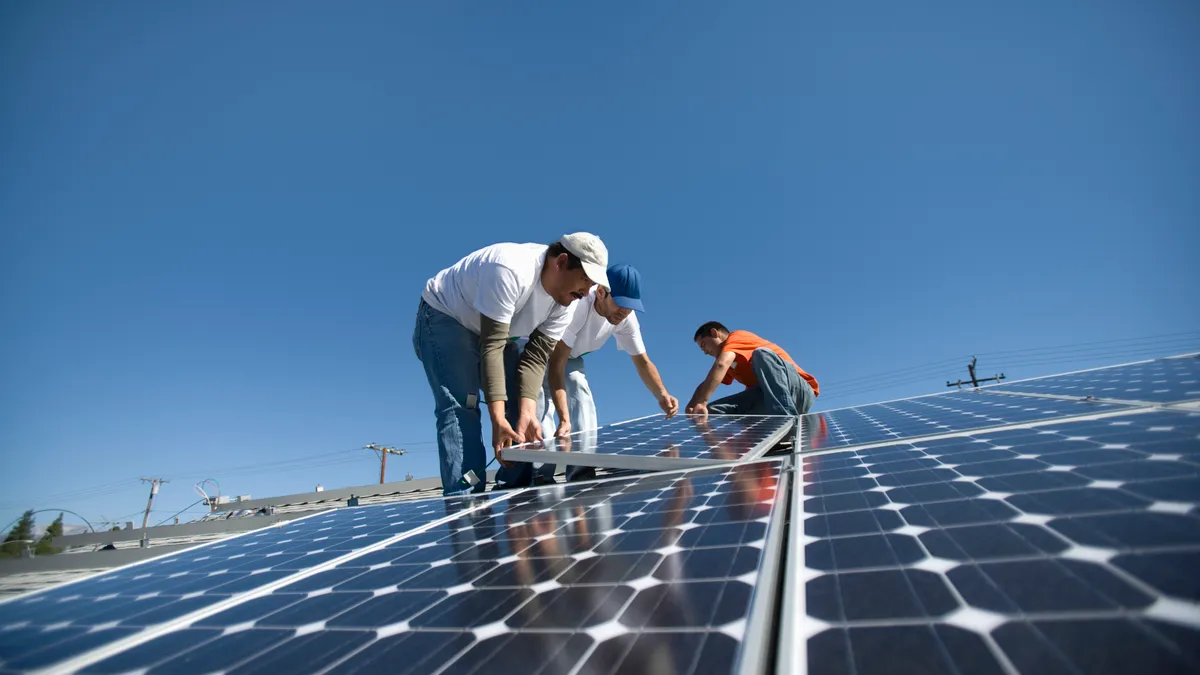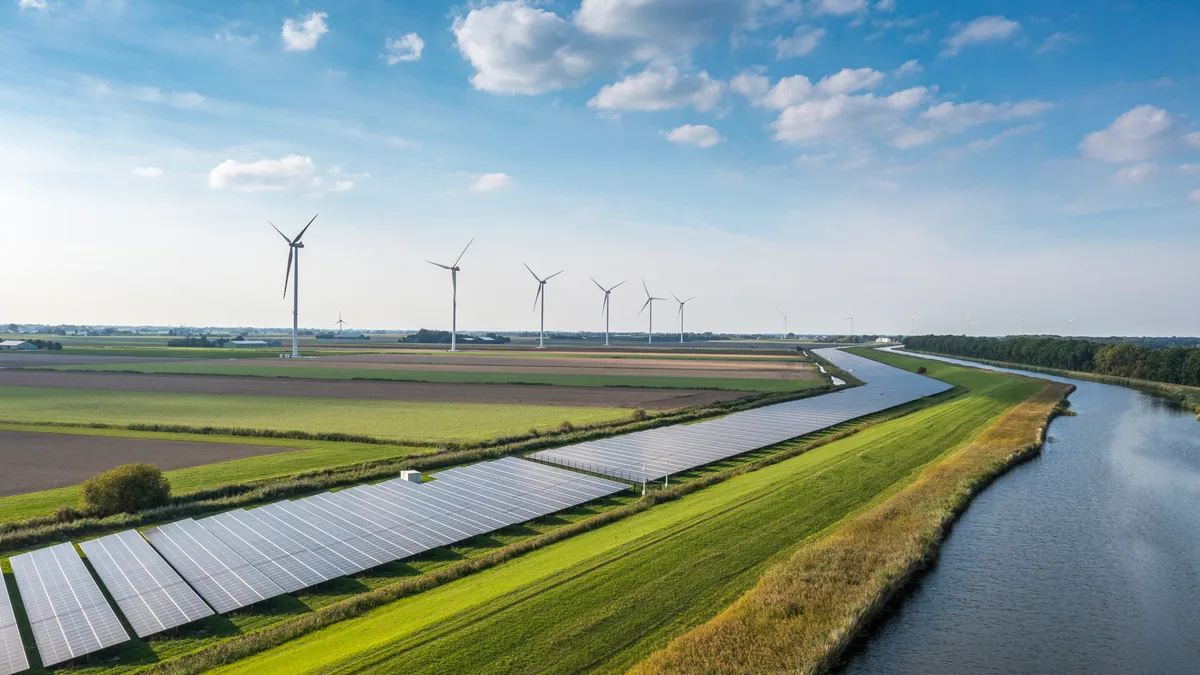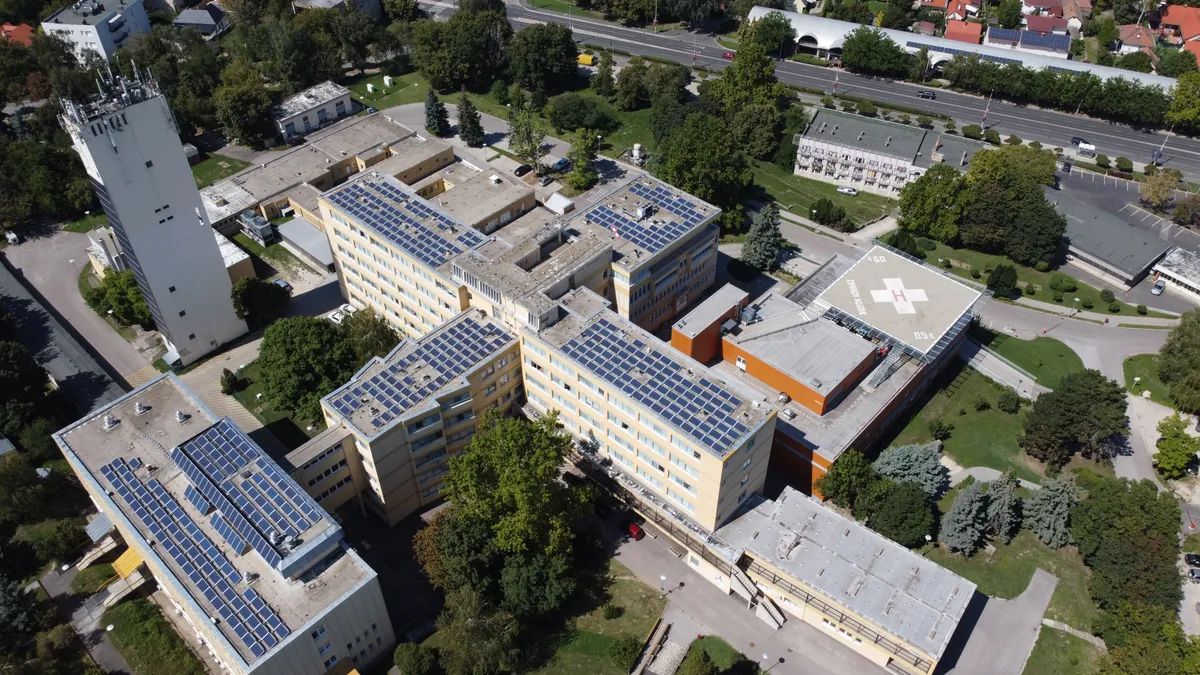Distributed Energy: Page 7
-
Sponsored by Kraken
Lessons from the UK: Transforming the US Market
The US has a unique opportunity to capitalize on grid-edge flexibility by using distributed energy resources (DERs) to balance the grid.
By Amaani Hamid — Senior Policy Manager, Kraken • March 11, 2024 -
Sponsored by Uplight and GridX
4 strategies to boost customer engagement with time-varying rates
Empower customers to be active participants in the clean energy transition with proven principles for crafting a successful Time-Varying Rates (TVR) customer experience.
By Alex Lopez, Senior Product Marketing Manager of Uplight and Brad Langley, VP of Marketing of GridX • March 11, 2024 -
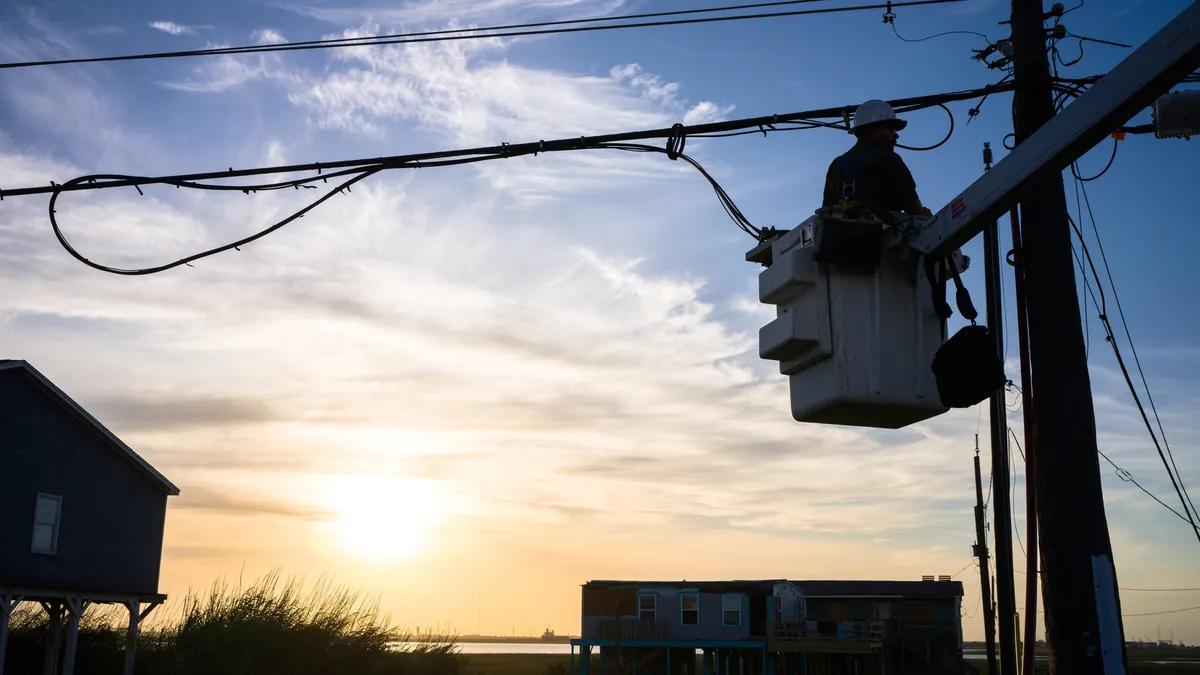 Explore the Trendline➔
Explore the Trendline➔
 Brandon Bell/Getty Images via Getty Images
Brandon Bell/Getty Images via Getty Images Trendline
TrendlineAI in the Power Sector
Artificial intelligence is uniquely positioned to impact the electricity industry from both ends: as the technology driving large load demand growth and as a tool with the potential to make the power system more efficient.
By Utility Dive staff -
LA City Council plans to streamline solar, battery installation review process
The move, which echoes a similar initiative in New York City, aims to help Los Angeles reach its goal of 100% carbon-free electricity by 2035.
By Joe Burns • March 5, 2024 -
Opinion
How utilities can unleash the power of orchestration through virtual power plants
VPPs offer utilities a powerful tool to grapple with the parallel challenges of enabling electrification and equitable decarbonization while maintaining grid reliability and resilience.
By Patty Cook and Steve Fine • Feb. 29, 2024 -
DOE, NARUC publish cybersecurity ‘baselines’ for utilities, distributed energy resources
The recommendations “provide a common starting point for cyber risk reduction activities,” said NARUC Executive Director Greg White.
By Robert Walton • Feb. 28, 2024 -
Deep Dive
Congressional action on energy permitting remains stuck, but states, developers are finding solutions
States are resolving local objections to projects through community engagement while transmission developers are making innovative use of existing rights-of-way to bypass permitting logjams.
By Herman K. Trabish • Feb. 27, 2024 -
Massachusetts order expected to boost distributed solar, could be model for other states, official says
The new rules expand net metering to government facilities, exempt certain users from program generation caps and enable net metering transfer credits between utility territories and ISO-New England load zones.
By Brian Martucci • Feb. 21, 2024 -
Los Angeles public-private partnership aims to advance industrial solar
The decade-old Feed-in Tariff program pays property owners for solar energy, but long grid interconnection queues and lingering “mistrust” hinder adoption, a business group leader notes.
By Brian Martucci • Feb. 15, 2024 -
NAESB to develop standardized distribution services contract to facilitate DER aggregation
The work, undertaken at the request of the U.S. Department of Energy, will help facilitate the deployment of virtual power plants.
By Robert Walton • Feb. 6, 2024 -
FEMA to help communities pay for net-zero energy projects post-disaster
Communities can now leverage the agency’s grant programs to install solar microgrids, heat pumps and passive cooling when rebuilding schools, hospitals, fire stations and other infrastructure in a disaster’s wake.
By Ysabelle Kempe • Feb. 2, 2024 -
2024 US power sector outlook
The U.S. clean energy transition is expected to accelerate in 2024 but faces question around transmission, financing, federal elections and other issues.
By Utility Dive staff • Jan. 31, 2024 -
Duke Energy pilot could open door to VPPs at vertically integrated utilities, SELC attorney says
A pilot program set to open this summer will offer incentives for customers to install rooftop solar and storage — and turn control of the batteries over to Duke Energy.
By Emma Penrod • Jan. 29, 2024 -
Deep Dive
New solutions emerge to better integrate renewables into the grid, Xcel, Eversource and others say
Requiring the 400+ GW of battery capacity in U.S. interconnection queues to have grid-forming capabilities could enable variable renewables growth “cheaper and faster than adding new transmission,” one expert said.
By Herman K. Trabish • Jan. 25, 2024 -
Sponsored by American Wire Group
How distribution circuit coverings protect against wildfires
Necessary investments to prevent grid-ignited wildfires are not keeping pace with the rising risk.
Jan. 22, 2024 -
Opinion
Enough with disinformation about community solar compensation
Whether for systems on single-family homes and multiunit buildings or in community settings, excessive compensation creates a significant economic burden for the very customers who can least afford it.
By Michael Backstrom • Jan. 18, 2024 -
DOE offers $30M to improve cybersecurity for virtual power plants, distributed resources, cloud solutions
The funds will help ensure “the next-generation clean energy infrastructure is built with cybersecurity in mind,” said Puesh Kumar, head of DOE’s Office of Cybersecurity, Energy Security, and Emergency Response.
By Robert Walton • Jan. 18, 2024 -
SRP’s residential rooftop solar program violates PURPA, Vote Solar tells FERC
Federal regulators should launch an enforcement action over Salt River Project’s allegedly discriminatory solar rates, according to Vote Solar and two SRP customers.
By Ethan Howland • Jan. 16, 2024 -
9 US power sector trends to watch in 2024
The U.S. march toward a decarbonized electric system will continue in 2024 as policymakers and others work to balance, climate, reliability, affordability and other goals.
By Robert Walton, Ethan Howland, Diana DiGangi, Larry Pearl, Kavya Balaraman and Emma Penrod • Jan. 10, 2024 -
California rooftop solar had a tough year following NEM 3.0. Can the industry bounce back?
NEM 3.0 and broader economic headwinds pose challenges to the industry. But looking ahead, high retail electricity rates could still push customers to install rooftop solar.
By Kavya Balaraman • Jan. 2, 2024 -
Microgrids can drive resiliency, efficiency and profitability: JLL
As climate change risks and energy use accelerate, these systems can advance sustainability and electrification efforts, a recent report says.
By Joe Burns • Dec. 19, 2023 -
NYC removes zoning restrictions for rooftop solar, energy storage and electrification equipment
The "City of Yes" initiative, which took effect Dec. 11, is expected to help facilitate environmentally friendly retrofits for over 50,000 buildings.
By Joe Burns • Dec. 12, 2023 -
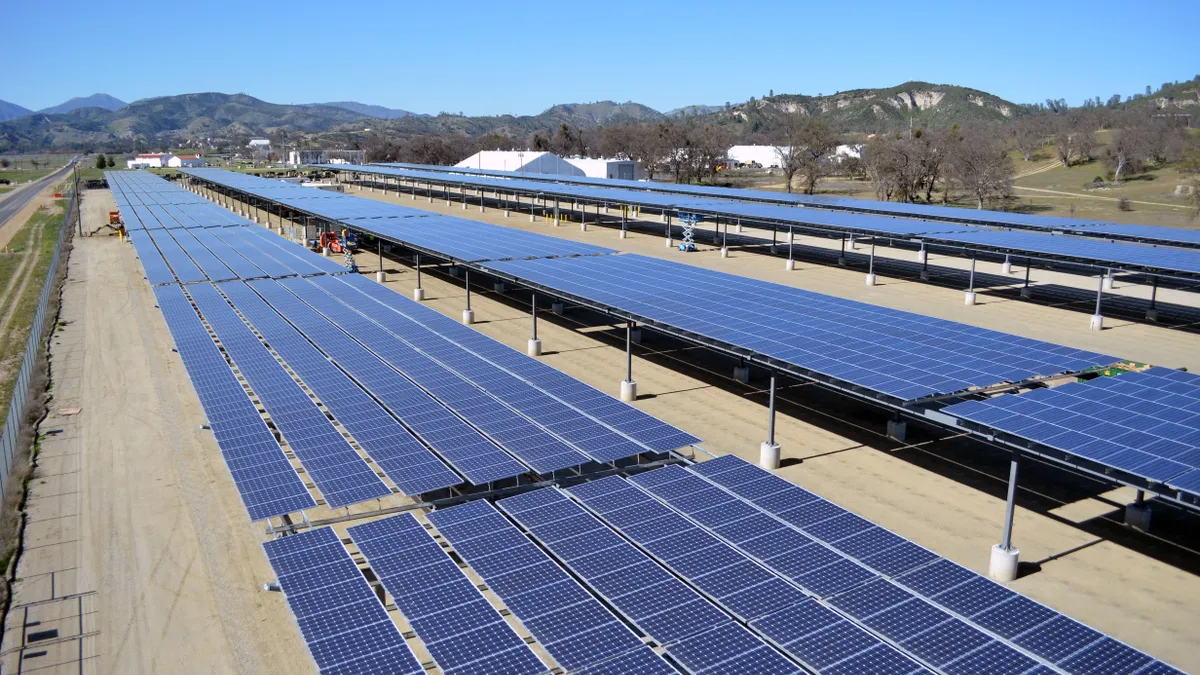
 U.S. Army Corps of Engineers Sacramento District. Retrieved from Wikimedia Commons.
U.S. Army Corps of Engineers Sacramento District. Retrieved from Wikimedia Commons.
Hawaii, 3 other states earn B microgrid grades. Most get Ds, per scorecard report.
With distributed resources flourishing, “there's a huge risk that we're leaving a lot of value on the table” by failing to coordinate them with microgrids, said Cameron Brooks, Think Microgrid executive director.
By Ethan Howland • Dec. 6, 2023 -
Deep Dive
Eversource wary about attracting investor capital as Connecticut moves to forefront of PBR trend
Connecticut utilities’ credit and financials will remain stable or improve when performance-based regulation is fully implemented, just as they did for Hawaiian Electric, said the state’s chief utility regulator.
By Herman K. Trabish • Dec. 5, 2023 -
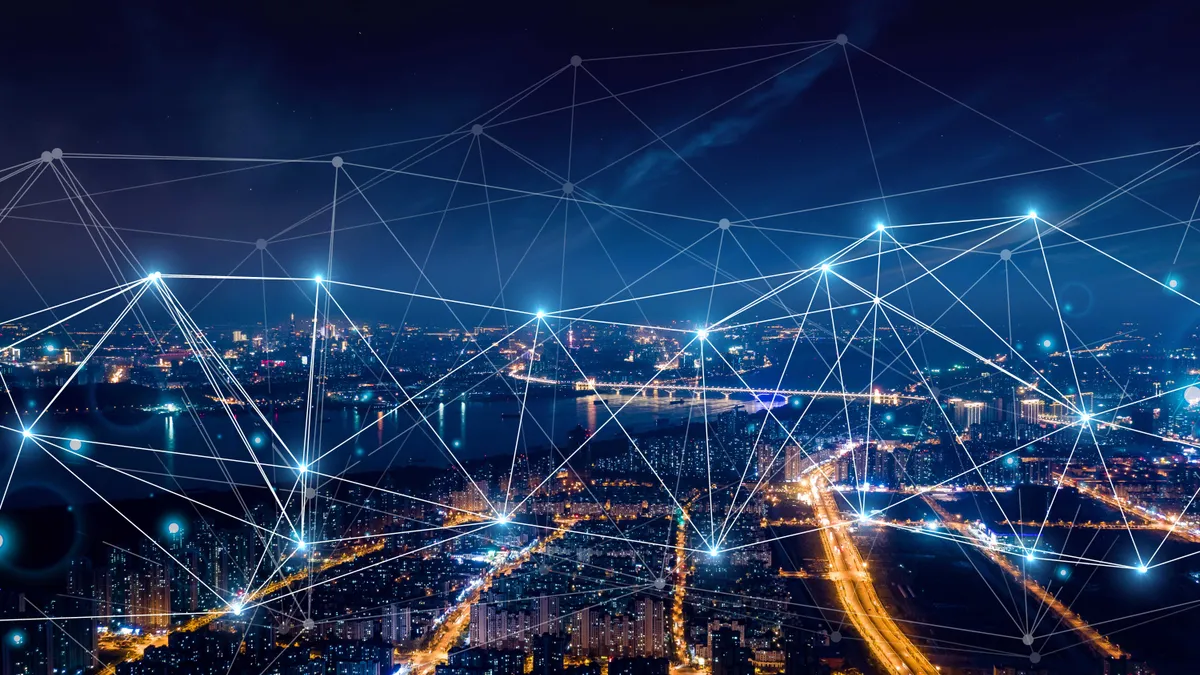

shutterstock.com/MyCreative
 Sponsored by EnergyHub
Sponsored by EnergyHubHow to empower multiple utility teams with one DERMS
Learn three things to look for in a DERMS to deliver value across utility teams and objectives.
Dec. 4, 2023 -
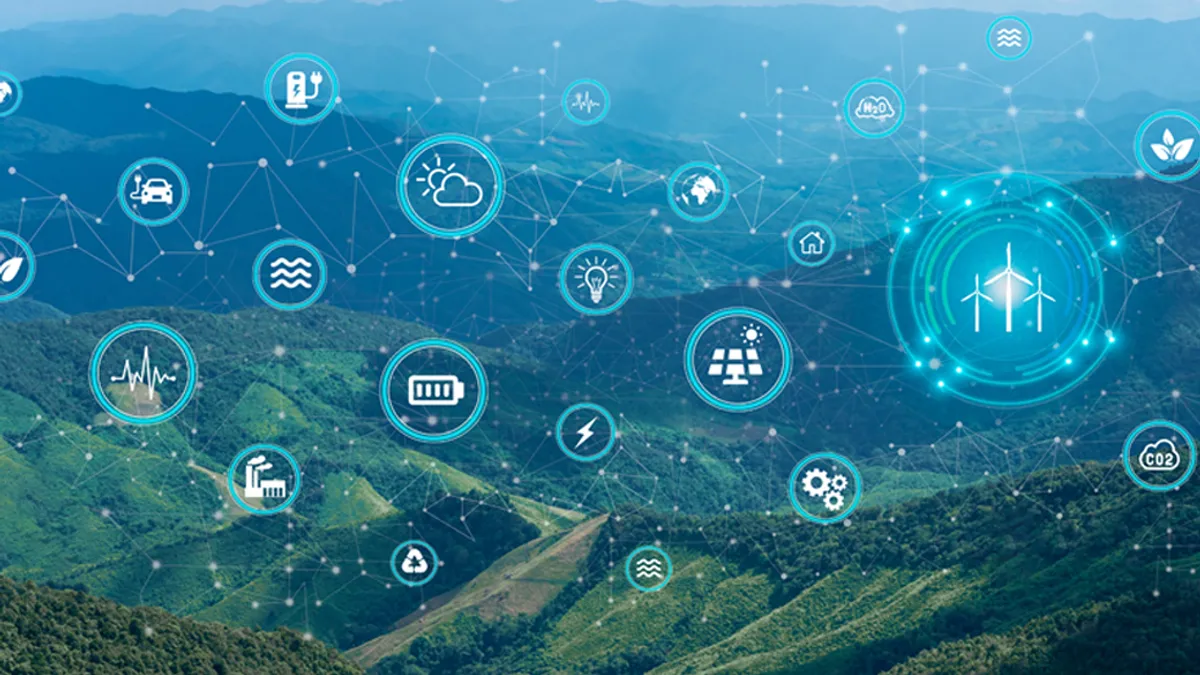

stock.adobe.com/NongAsimo

Colorado regulators want to move quickly on Xcel virtual power plant
The utility, however, has cautioned that a proposed timeline may be too aggressive for the complicated project.
By Robert Walton • Nov. 22, 2023

